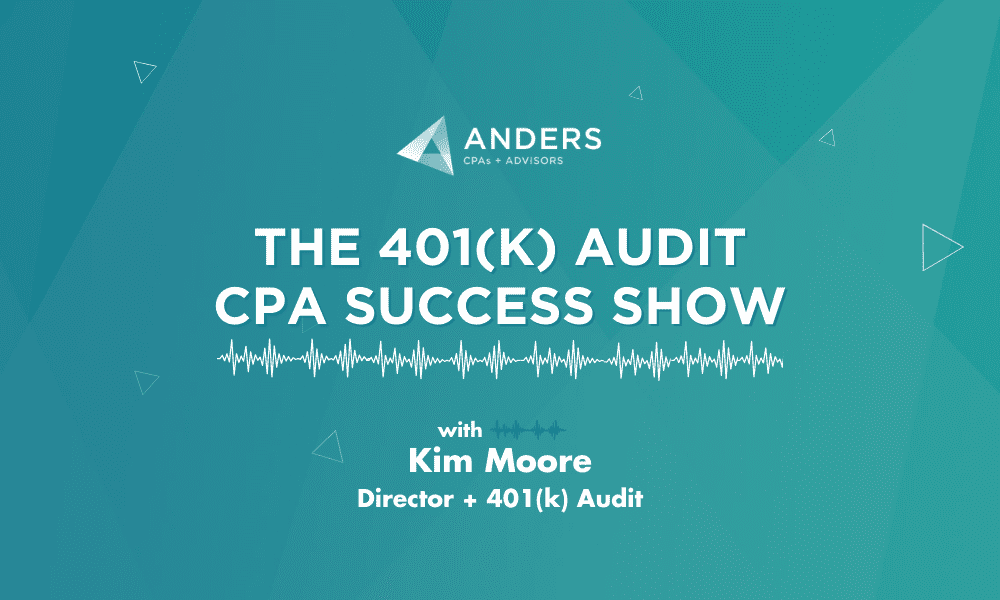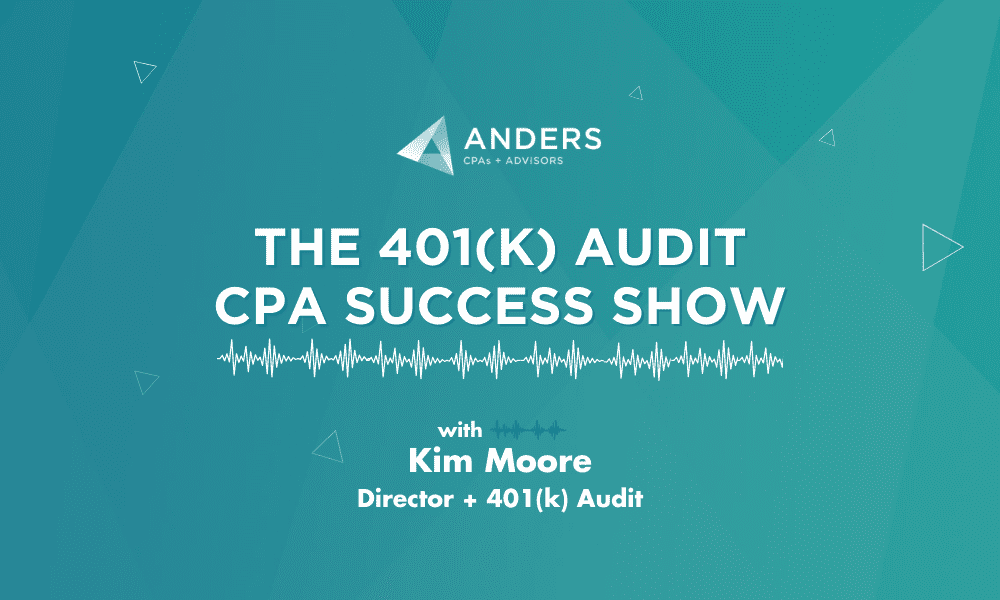When an employee leaves your workplace, what happens to their 401(k) funds? What are forfeitures in a 401(k) plan? How will proposed IRS 401(k) forfeiture rules affect how they are treated?
Most employers that offer a 401(k) as a benefit have rules about funds being vested. It’s not uncommon for employers to require that employer-matched funds remain non-vested for five or more years. But what happens to that money if an employee leaves before they have full rights to the cash?
Forfeitures In 401(k) Plans Are Common
When an employee walks away from a job where they had a 401(k), they are fully vested in any money they deposited. But, when the company deposits money – 401(k) matching is a common benefit – and the employee quits, they may not be entitled to the employer-funded portion. This money is then forfeited and placed into a separate accounting account.
Forfeitures in 401(k) plans may be more common than you think. Many employers graduate vesting amounts based on the number of years of service. It’s not unusual for a business to require six years of employment before an employee is fully vested in the company’s contribution. However, the average number of years worked at most jobs is just around four. This means that at least a portion of many 401(k) accounts are forfeited.
What Happens to Non-Vested Money?
All non-vested money gets transferred to the 401(k) plan’s forfeitures account. But, this doesn’t mean that the company and plan sponsors have unrestricted access to the money. Instead, it can only be used for specific purposes outlined in the plan documentation. Typically, forfeiture funds are available to help cover plan expenses, or they can be recycled and used as future employer contributions.
Proposed IRS 401(k) Forfeiture Rules May Take Effect in 2024
A new set of proposed IRS forfeiture rules would codify these policies, which are already in place with some employers but not officially listed in federal regulations. If approved, the updated rules would take effect in 2024 and would provide more flexibility for Plan Sponsors. The rule would allow employers to use any forfeitures to pay plan administrative expenses, reduce employer contributions under the plan and increase benefits in other participants’ accounts.
In general, plan administrators would be required to use forfeitures no later than 12 months after the close of the plan year in which the forfeitures occurred. These proposed rules, if finalized, would particularly affect larger employers, giving them more flexibility when it comes to forfeitures in retirement plans.
How Do I Know if I Have 401(k) Plan Forfeiture Funds Available?
Talk to your CPA. They can show you your money line by line, including your forfeitures. You should also be aware that timing is everything when using forfeiture funds in a 401(k) plan. You cannot just let them accumulate, and your best bet is to use them as soon as feasibly possible. For this reason, it’s prudent to know your account balance.
When an employee leaves without being fully vested in their 401(k) account, that money goes into a forfeiture fund. Forfeitures and 401(k) plans are common, but you must use the money quickly and in a way that aligns with your plan’s documentation.
Retirement plans can be very complex. As an innovative firm Anders CPAs + Advisors specializes in 401(k) audits. We have the ability to offer assistance entirely off-site with little or no distraction to your daily office routine. We also offer flat-fee pricing so there are no surprises on your bill when the job is complete.
To get started, request a free 401(k) audit consultation below.
All Insights


